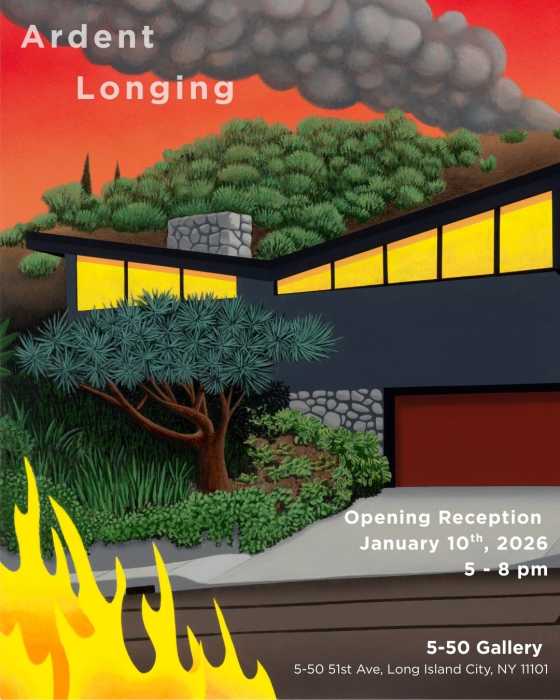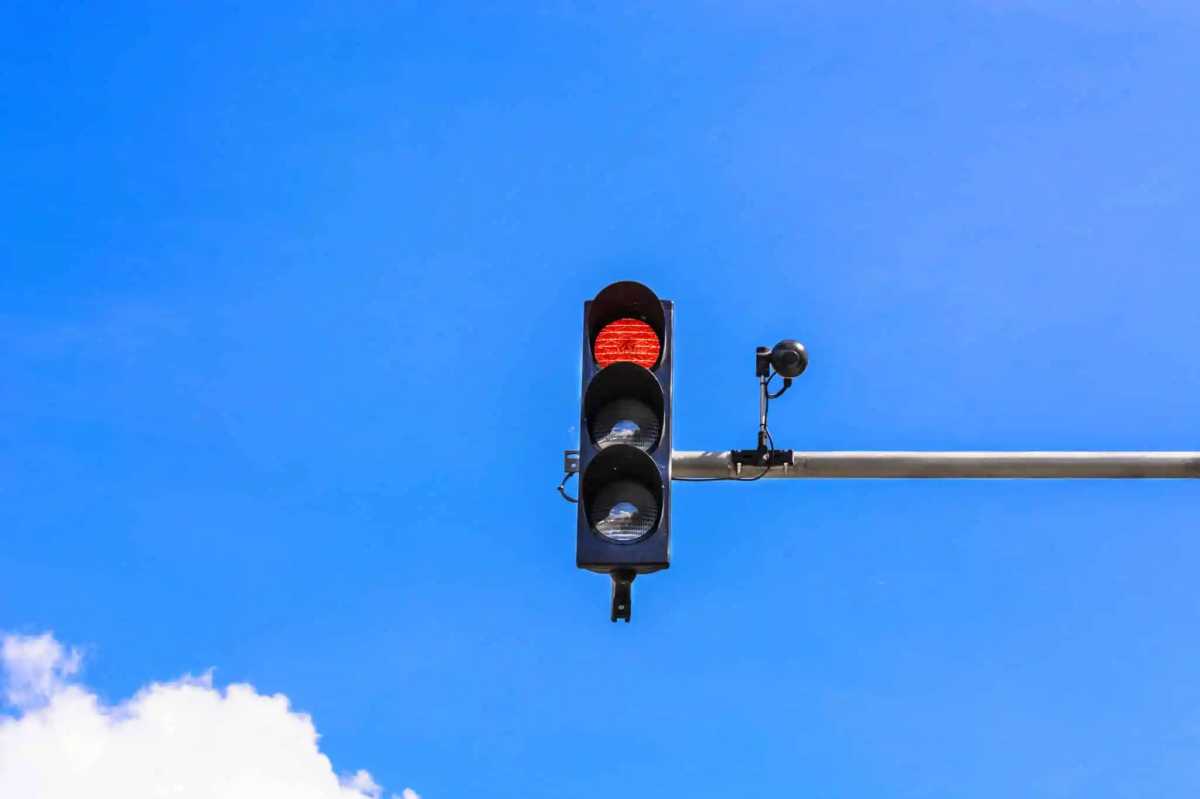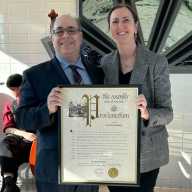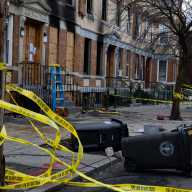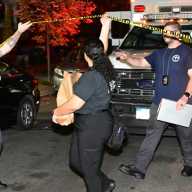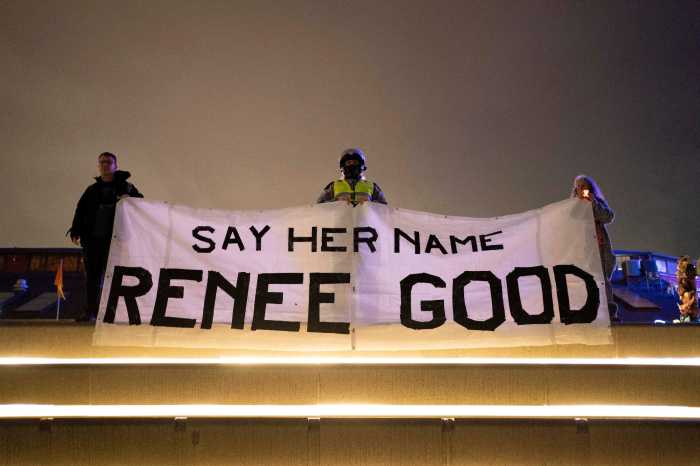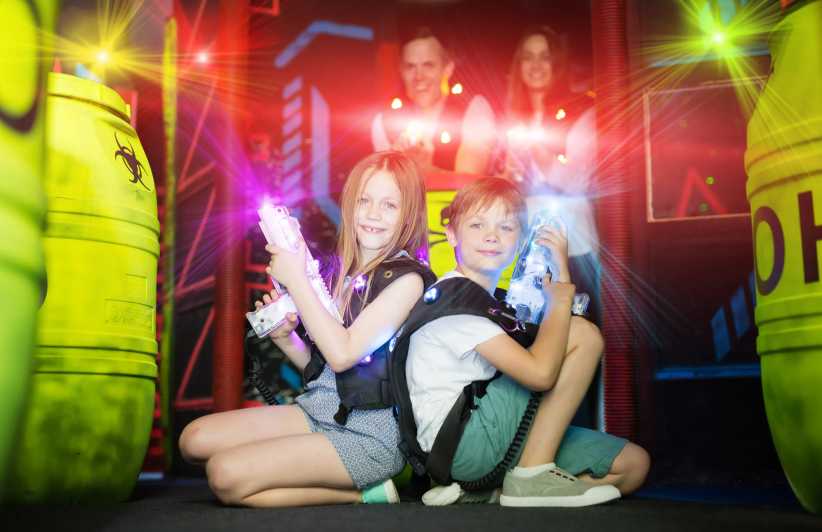The No. 7 train makes 18 stops along Roosevelt Avenue. However, the numbers of nationalities represented by the people who live and work in the surrounding areas number many more.
To satisfy his intellectual and artistic curiosity the Argentine multimedia artist, Hector Canonge, decided to investigate and create an installation that would highlight the diversity of Queens through space and time.
That’s how the concept for “18 Beats” came about. “18 Beats” explores the sounds and images found inside and around the No. 7 train with the use of photographs, maps and recordings of interviews, music and noise. This art installation has brought world recognition of Canonge’s work with the feature of the work in the industry magazine, Art Forum.
“There is a connection but at the same time a rupture because you have the past and the present,” said Canonge after a talk at the Y Gallery in Jackson Heights last month. “The archival material highlights the past and the present shows Queens as it actually is with all of the diversity that exists here.”
The objective of the two art installations, URBIS18 and IRTag, which will be at the Visitor’s Center at the Queens Center Mall as of March, is to metaphorically transport the public from each station’s past to each station’s present with sonic devises.
In URBIS18 a large sensory screen maps out the various No. 7 train stations that plays either the various music of the cultures that live around that particular station, an interview with someone speaking in their native tongue or sounds made by the bustle of people and things in the area.
IRTag is a reference to the name of the train system responsible for the development of the number No. 7 line. At this installation, Canonge assigned a barcode to each station that when scanned showed an archived image of the station. These early 20th century images courtesy of the Transit Museums help to show the construction of the No. 7 line. At the same time, the public can listen on earphones to someone who currently lives at that train stop tell a story using their own voice.
The curator and director of Y Gallery, Cecilia Jurado, said that Canonge’s approach is a “very creative but at the same time methodological and scientific form” to build bridges between different communities.
“New York is a very diverse city but Queens is even more diverse because the people who live in Queens hold on and respect their traditions and they don’t mix much,” Jurado said. “People live right next door to one another but there is not much interaction. So, it’s very interesting to see how Héctor connects the different cultures.”
Nevertheless, for Canonge, who lives and works in Jackson Heights, the No. 7 train is literally the best vehicle to get past the obstacle that is connecting cultures.
“Perhaps we don’t communicate. A Hindu does not speak to a Chinese. A Chinese does not speak to a Mexican. But the simple fact of being in a train with that other person, with that other entity, and to listen to their language connects them,” he said.
The interactive art installation “18 Beats” will be at the Visitor’s Center at Queens Center Mall starting in March.



